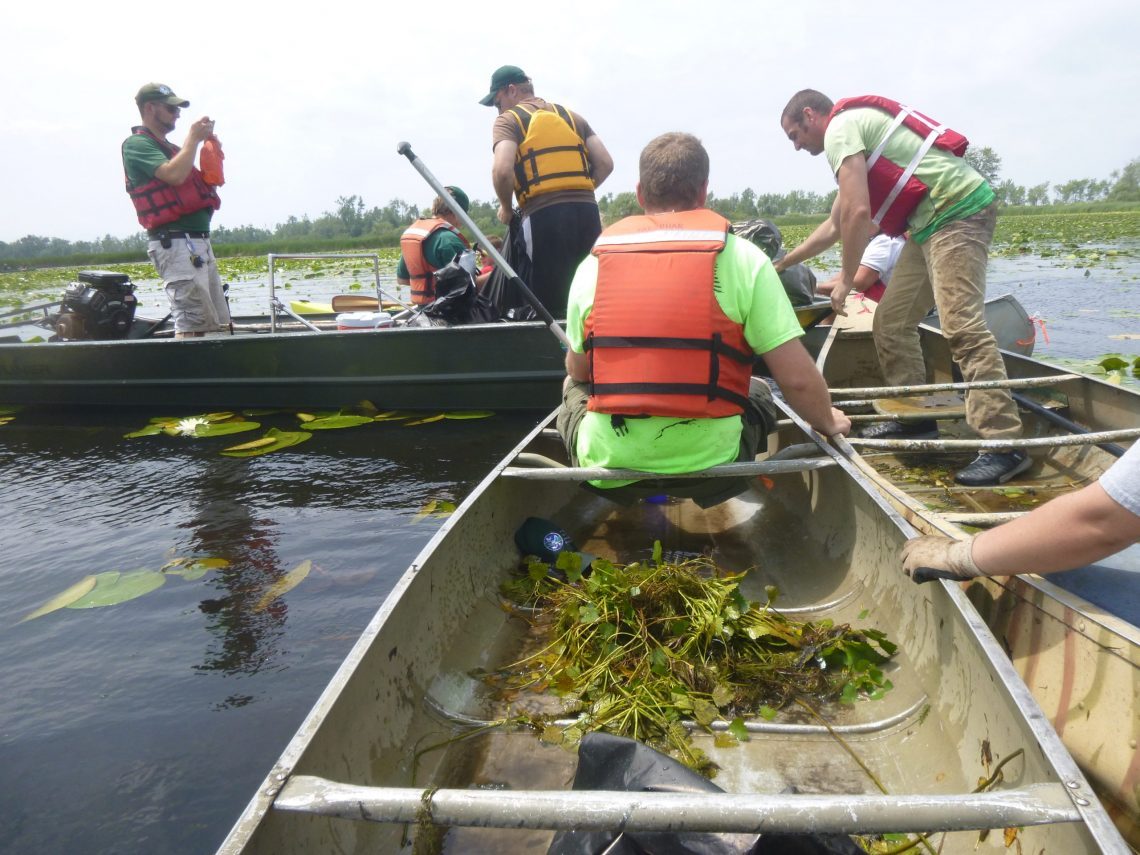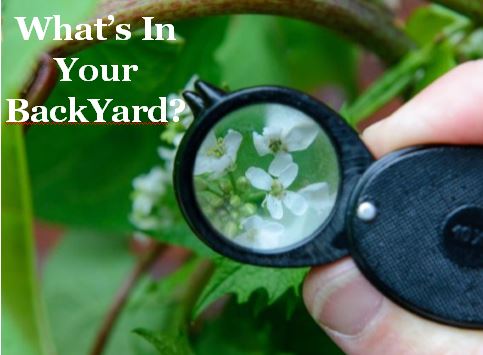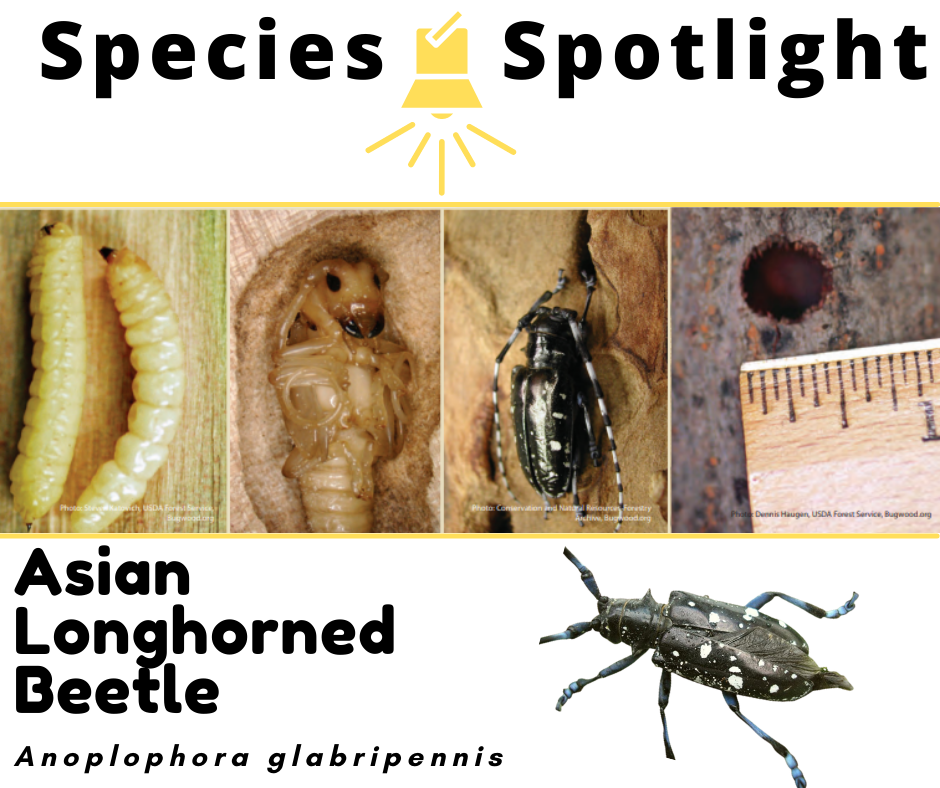Volunteers enhance our work. Check out this Volunteer Showcase to learn more about our wonderful volunteers!
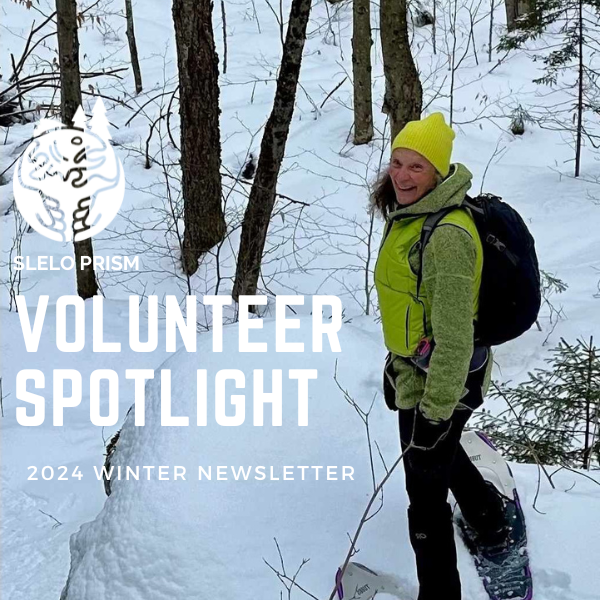
Volunteer Spotlight:2024 Winter Newsletter
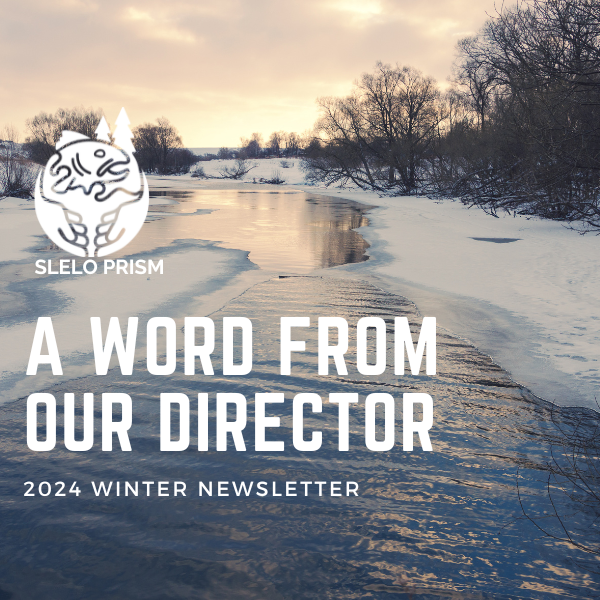
A Word From Our Director: 2024 Winter Newsletter
A shout-out to the SLELO Team, our partners, and volunteers for another excellent year in program delivery. Together we made tremendous progress on our conservation initiatives!

Protector’s Activity: Take a Nature Date
Take a date with nature this February! Spending time outdoors encourages stewardship and offers many fun opportunities to engage with your community and spend time with loved ones!

Protector’s Activity: Become a Volunteer
Looking for an impactful New Year’s resolution? Join our volunteer network and take action to protect vital ecosystems in your region!

Protector’s Activity: Protect Lands and Waters This Winter
Winter is here and there are many fun activities that you can enjoy this season like snowshoeing, cross-country skiing, ice fishing, and much more! While you’re spending time outdoors this winter there are some simple actions you can take to protect your favorite hiking trails, forests, and waterways from invasive species.
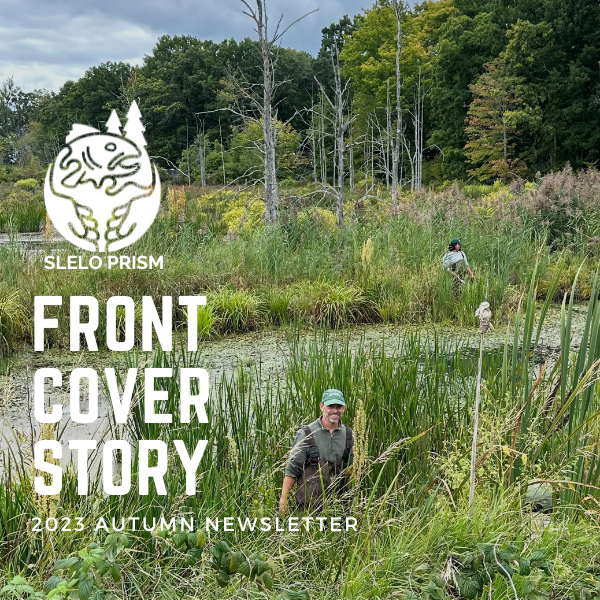
3500 Plantings Help Restore Native Habitat
Our partners with the NYS Office of Parks Recreation and Historic Preservation planted over 3,500 native species to restore habitat on Wellesley Island.
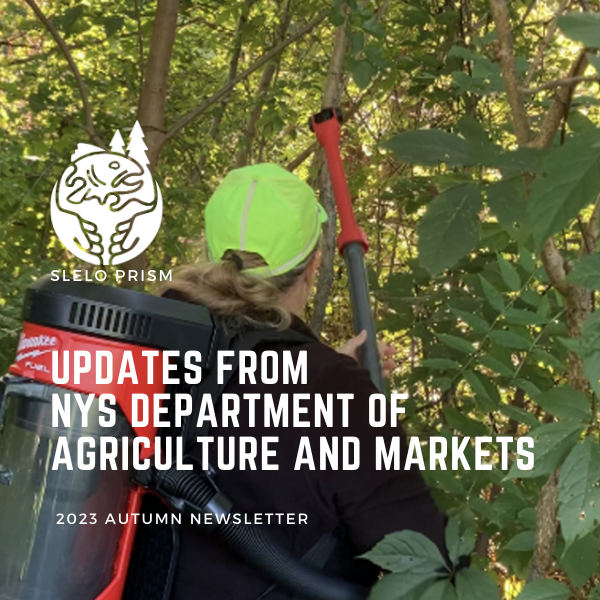
Updates From the NYS Department of Agriculture and Markets
Hear from our partners with the NYS Department of Agriculture and Markets for the latest updates on spotted lanternfly and box tree moth.
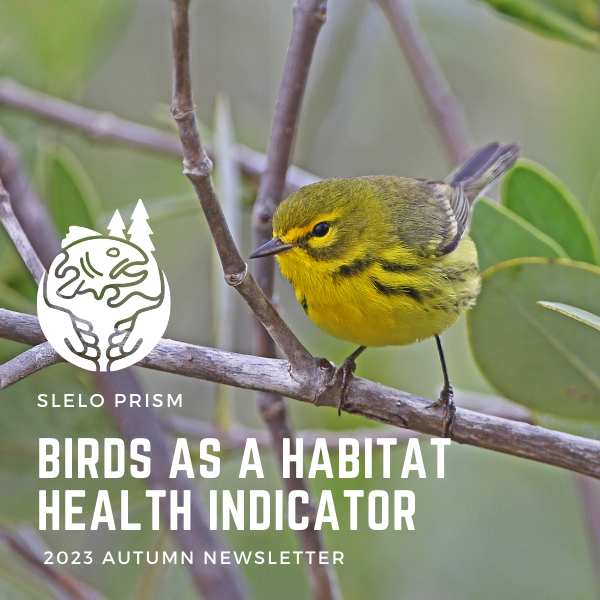
Birds as a Habitat Health Indicator
In addition to being extraordinarily wonderful ambassadors for North American wildlife, as biological indicators birds are relatively quick to respond to changes in ecosystem composition, structure, and function; this includes those changes brought by both the invasion and management of invasive species.
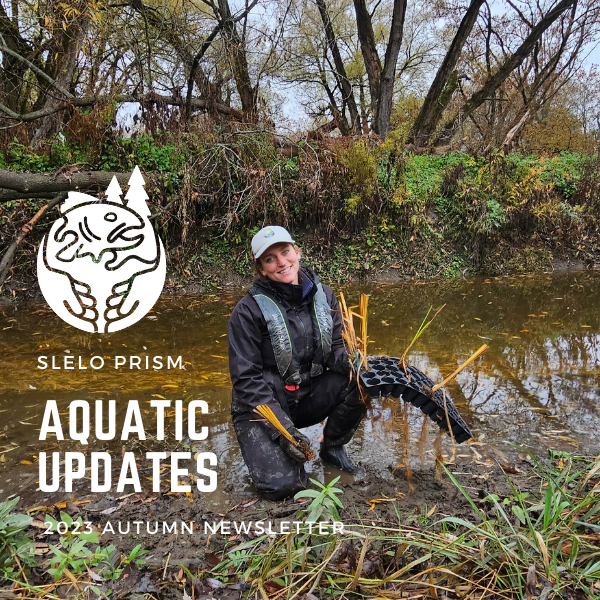
2023 Autumn Aquatic Updates
Get the latest updates from our Aquatic Restoration and Resiliency Coordinator, Brittney Rogers.

2023 Autumn Terrestrial Updates
The latest updates from our Terrestrial Restoration and Resiliency Coordinator, Robert Smith.
